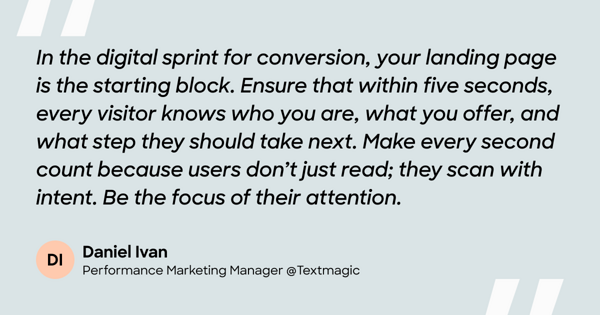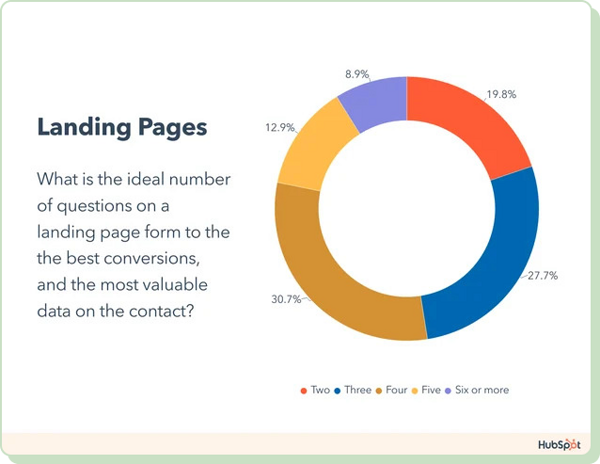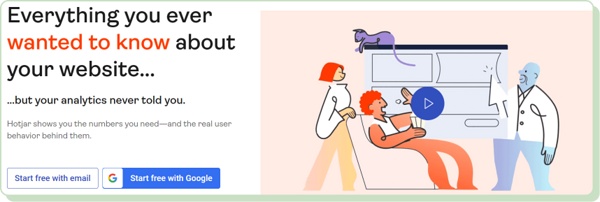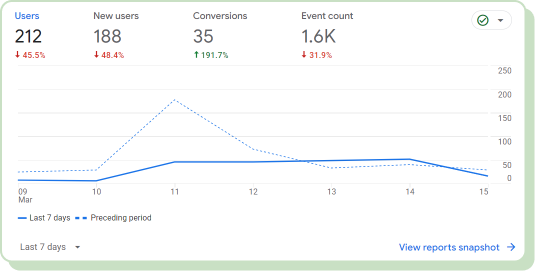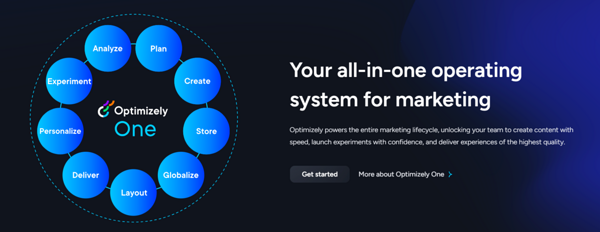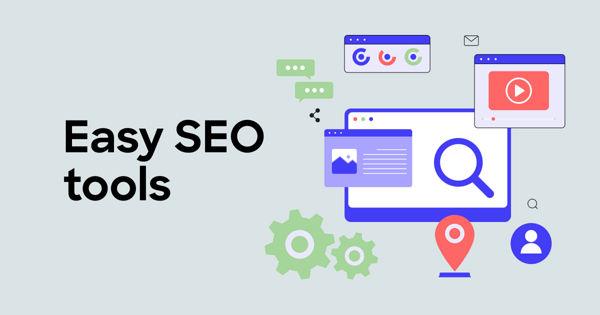Unlike traditional web pages, landing pages are designed with a singular focus. They eliminate distractions and guide users toward a specific conversion goal.
Regardless of the conversion metric, one common thread remains clear — marketers need to understand conversions and whether their rates align with industry standards.
Whether you're in eCommerce, real estate, or healthcare, this study provides insights to help you maximize the impact of your landing pages. We’ve
benchmarked average landing page conversion rates in different industries
and formulated strategies to help you drive better business results.
Read on to see whether your landing page conversion rates match the average rates within your industry.
What is the landing page conversion rate?
The landing page conversion rate refers to the percentage of visitors who complete a desired action on a landing page. Such actions can include:
It is a key metric used to measure a landing page's effectiveness in achieving its intended goal.
To determine the conversion rate, divide the number of conversions, indicating the desired actions accomplished, by the total number of visitors to the landing page. Once you have this quotient, multiply it by 100 to convert it into a percentage.
The formula for calculating the landing page conversion rate is:
For example, if a landing page receives 500 visitors in a month and 50 of them make a purchase, the conversion rate is calculated as follows:
Conversion rate = (50 / 500) x 100 = 10%
This means that 10% of the landing page's visitors converted by
purchasing. The higher the conversion rate, the more successful the
landing page is in convincing users to take the desired action.
Factors influencing landing page conversion rates
There are many factors that influence landing page conversion rates. Some are outside of your control, like the industry you operate in or the characteristics of your target audience. Some you can control, like the ones below.
Page design and user experience (UX)
A landing page with a well-structured layout and intuitive navigation encourages users to complete the desired action. Clear navigation menus and eye-catching visuals create a positive UX.
A good example here is Intercom. It used interactive elements and personalized messaging to captivate landing page viewers.
Image source: intercom.com
Clarity of the value proposition
A clear value proposition communicates the benefits of a product or service effectively. Concise messaging highlights the unique value proposition while also addressing user needs and pain points.
Canva's landing page is an example of presenting the value proposition well. It highlights features like the drag-and-drop functionality and customizable templates. This engages users and drives them to convert.
Image source: canva.com
Call-to-action (CTA) effectiveness
Regardless of the conversion goal, a well-crafted CTA convinces users to take the next step without hesitation. The clearer, more actionable, and easier to find, the better.
For instance, Dropbox's landing page features a simple yet impactful CTA button encouraging users to sign up for their service.
Image source: dropbox.com
Page load speed
We've all been there ─ waiting impatiently for a website to load, only to give up and move on to the next thing. Well-optimized pages for load speed ensure that visitors can access their content faster. This will keep them engaged and more likely to convert.
Nike.com is a good example of a website that prioritizes landing page performance optimization. It focuses on ensuring quick load times for product listings and promotional content.
Image source: nike.com
Mobile responsiveness
Recent research shows that approximately 60% of global web traffic originated from mobile devices as of the last quarter of 2023.
This figure has consistently increased in recent years. This shows how important it is that landing pages offer a mobile experience comparable to one on a desktop.
Apple is a company known for its sleek designs and user-friendly interfaces. Their website landing pages adapt seamlessly to different mobile devices.
Average landing page conversion rates by industry
We've consulted quite a few market studies and industry reports during our research. We wanted this study to be as comprehensive as possible from the beginning. We’ve managed to compile a pretty detailed presentation of the findings, which you may find below.
Across all industries, landing pages maintain an average conversion rate of 5.89%.
eCommerce platforms may experience lower conversion rates than educational websites, for example. However, this is influenced by the offering. Factors like industry, audience behavior, and service type collectively shape these rates.
Image source: 99firms.com
eCommerce
Industry experts report that the typical conversion rates for eCommerce range
from 2.5% to 3%.
However, this doesn't necessarily indicate your company's ideal performance level. A baseline of 2.5% is a solid starting point, yes. However, continuous conversion rate optimization efforts are crucial.
Littledata, a Shopify analytics app, studied Shopify stores’ website conversion rate benchmarks. Findings revealed that their average conversion rate was actually 1.3%. The study also includes the extremes.
Business-to-busness (B2B)
B2B companies target other businesses as their primary customers. This can influence conversion rates due to the complexity of the decision-making process. While some B2B sectors boast higher conversion rates, others may struggle to achieve similar levels of success.
Let’s analyze some B2B conversion rates across sectors, website pages, and devices.
Sources: popupsmart.com, intellimize.com
Sources: 99firms.com, popupsmart.com
Source: chilipiper.com
It's intriguing to see the differences in conversion rates across B2B sectors. Media stands out with an impressive 10% conversion rate.
When examining conversion rates by web page, we notice a small difference between home and landing pages. Landing pages have a slightly higher conversion rate.
Real estate
In the real estate industry, conversion rates typically sit below 1%. Top-performing websites manage 2-3%, while strugglers barely hit 0.3%. This variation includes factors like traffic quality and property values.
The study we used covers 147 real estate websites for a broader perspective. The analysis is divided into agencies, developers, and commercial real estate.
Source: serviceform.com
The table above shows how conversion rates vary across different real estate sectors.
These figures suggest that the nature of the properties marketed and the specific target audience influence conversion rates.
Plus, highly trafficked sites with pricey properties often see lower conversion rates. This is because many visitors are just browsing — they are not ready to buy yet.
Healthcare and education
Image source: unbounce.com
Patient conversions in medical practices occur when people either make a phone call or submit a form, such as an appointment request. The conversion rate is the percentage of medical practice site visitors who have taken such actions.
A recent report shows that the industry of medical practitioners has a median patient conversion rate of 3.6%, but the average jumps to 7.4%. Why is there such a gap between the two rates, and why does it matter? Especially when the
top 25% of healthcare-related landing pages have an impressive 20.4% conversion rate?
It is crucial to understand the difference between the average landing page conversion rate and the median industry conversion rates.
❗Relying exclusively on average conversion rates may overlook the complexity of patient behavior. The median rate gives a more realistic view of healthcare conversions, helping healthcare marketers understand the typical patient journey better.
As per the above study, landing pages have an average conversion rate of
5.8% in the education sector. This indicates a strong performance in
converting visitors into leads or students. Educational institutions
often use digital marketing channels and strategies to attract
prospective learners.
Finance
Recent data shows that the average conversion rate in finance hovers around
3.1%. But according to another report, that number spikes to 15.6%, with a median of 6.2%. Quite a range, isn't it?
As the financial service landscape evolves, so do the average conversion rates. Success in this industry is attainable for those who craft effective strategies tailored to their audience.
There is no one-size-fits-all average conversion rate here. It varies based on factors like the type of financial service, target audience, location, and pricing. Typically, conversion rates can range from 2% to 20%. However, aiming for a realistic target of 2% to 5% seems reasonable and achievable in most cases.
Apart from landing page conversions, assessing the average advertising conversion rate also presents challenges in the finance sector.
Image source: capturly.com
Research reveals that Facebook ads are highly effective, demonstrating an impressive conversion rate. Bing ad performance is equally surprising, surpassing the industry average conversion rate. Google ads also hold their ground, ensuring their place among the top performers.
Why do specific industries perform better?
Let's take a closer look at the reasons why conversion rates are higher in some industries.
Do landing page conversions have an impact on the performance of your ad?
Do landing page conversions make a difference in your ad's performance? Absolutely! When your landing page effectively engages visitors, it positively impacts your ad performance. Think of it as the final piece of the puzzle in your advertising journey.
☝A compelling landing page can increase the chances of converting ad clicks into actions.
☝When visitors click on your ad and land on your page, they should instantly experience a smooth transition. Everything should align with what was presented in the ad and what is available on the landing page.
☝Consistency in messaging, visuals, and offers builds trust and credibility
with your audience.
How to increase landing page conversion rate
Increasing landing page conversion rates is a crucial goal for anyone looking to optimize their online presence.
It all starts with adjusting the elements on your landing pages. The performance marketing manager at Textmagic explains the importance of considering the best practices for landing page optimization:
Here are the strategies you should follow.
1. Use the right number of questions
According to a survey, 30% of marketers suggest that the optimal number of questions in a landing page form is four. However, there isn't a universal standard for the ideal number of questions. It can vary based on your industry and target audience.
For example, according to research on eCommerce brands, the optimal number of form fields for conversions was three. This resulted in an average conversion rate of 10%.
Image source: hubspot.com
2. Write compelling headlines and content
💡Choose attention-grabbing headlines that clearly communicate the value proposition of your service.
💡Use persuasive language and storytelling techniques to captivate visitors and encourage them to explore further.
💡Consider leveraging video sales pages as part of your marketing strategy.
3. Improve CTA visibility and attractiveness
💡Contrast colors with the background to ensure your CTA button stands out.
💡Place it where it's easily accessible and visible without scrolling. Experiment with different sizes to find the optimal balance between being eye-catching and not overwhelming.
💡Be specific about the outcome of clicking the button, whether it's "Sign up now," "Get started," or "Download your free guide."
4. Use A/B testing
💡Test different headlines, CTA placements, visuals, and content to identify the most effective combinations for driving conversions.
💡Use the insights gained from A/B testing to refine your landing page for optimal performance.
5. Enhance page speed and mobile-friendliness
💡Optimize your landing page for fast loading times and a seamless mobile experience. Minimize unnecessary elements, compress images, and leverage browser caching to improve page speed.
💡Ensure that your landing page design is responsive and adapts smoothly to different devices and screen sizes.
6. Employ social proof and testimonials
💡Feature authentic testimonials from satisfied customers.
💡Display logos of well-known clients or partners to establish credibility and authority.
Industry-specific recommendations
Let's explore how you can tailor your landing pages to meet the standards of your industry.
eCommerce
B2B
Real estate
Healthcare
Education
Finance
Best tools for tracking and improving conversion rates
Let's explore the best three tools for tracking and improving conversion rates.
Hotjar
Image source: hotjar.com
Hotjar offers heatmaps, session recordings, visitor surveys, and real-time feedback widgets.
The heatmap feature visually illustrates click behavior on landing pages. The user-friendly interface makes it easy to set up and analyze data, even for those with limited technical expertise.
Google Analytics
Google Analytics is a free tool that offers insights into visitor interactions on landing pages.
It tracks important metrics like bounce rate, conversion rates, goal completions, and time on the page. It has a detailed tracking of conversions by channel, campaign, keyword, and other parameters.
Optimizely
Image source: optimizely.com
Optimizely is an experimentation platform that enables you to test and optimize various elements of their landing pages.
With its easy-to-use interface, you can create and launch A/B tests. You can also multivariate experiments to identify the most effective page variations. The platform provides real-time data and insights to inform optimization strategies.
Future trends in landing page optimization
Future trends in landing page optimization are expected to focus heavily on personalization. Marketers are already using artificial intelligence for content and UX customization. These shifts aim to create more meaningful interactions, which can lead to higher conversion rates.
As for staying ahead in digital marketing, it's all about being proactive. Ensure that you adapt your pay-per-click campaigns based on industry trends and performance metrics. That's how you optimize ad spending and maximize your return on investment.
Regularly improve your landing pages to keep up with industry benchmarks
Industry benchmarks provide valuable insights into how well your landing pages perform against your competitors. They help you understand where you stand and where you can improve. It's not just about numbers — it's about achieving your goals.
Refinining your landing pages is essential to staying competitive. Audit and optimize your landing pages periodically for better conversions.
If you're ready to take your landing pages to the next level and see real results, why not sign up for a free trial? Allow our intuitive website builder to create stunning landing pages that will leave your visitors in awe.



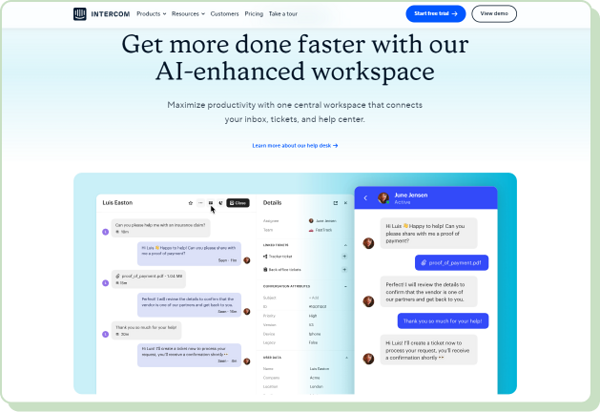
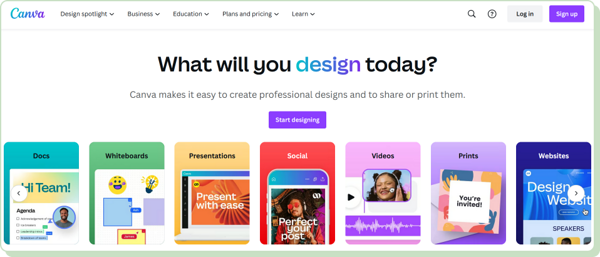
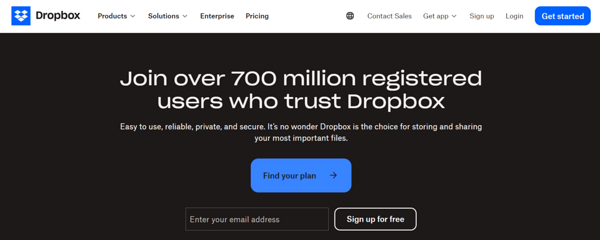
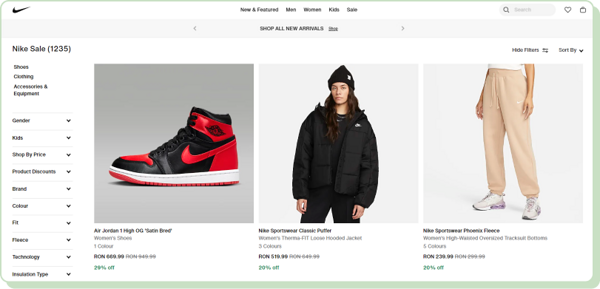
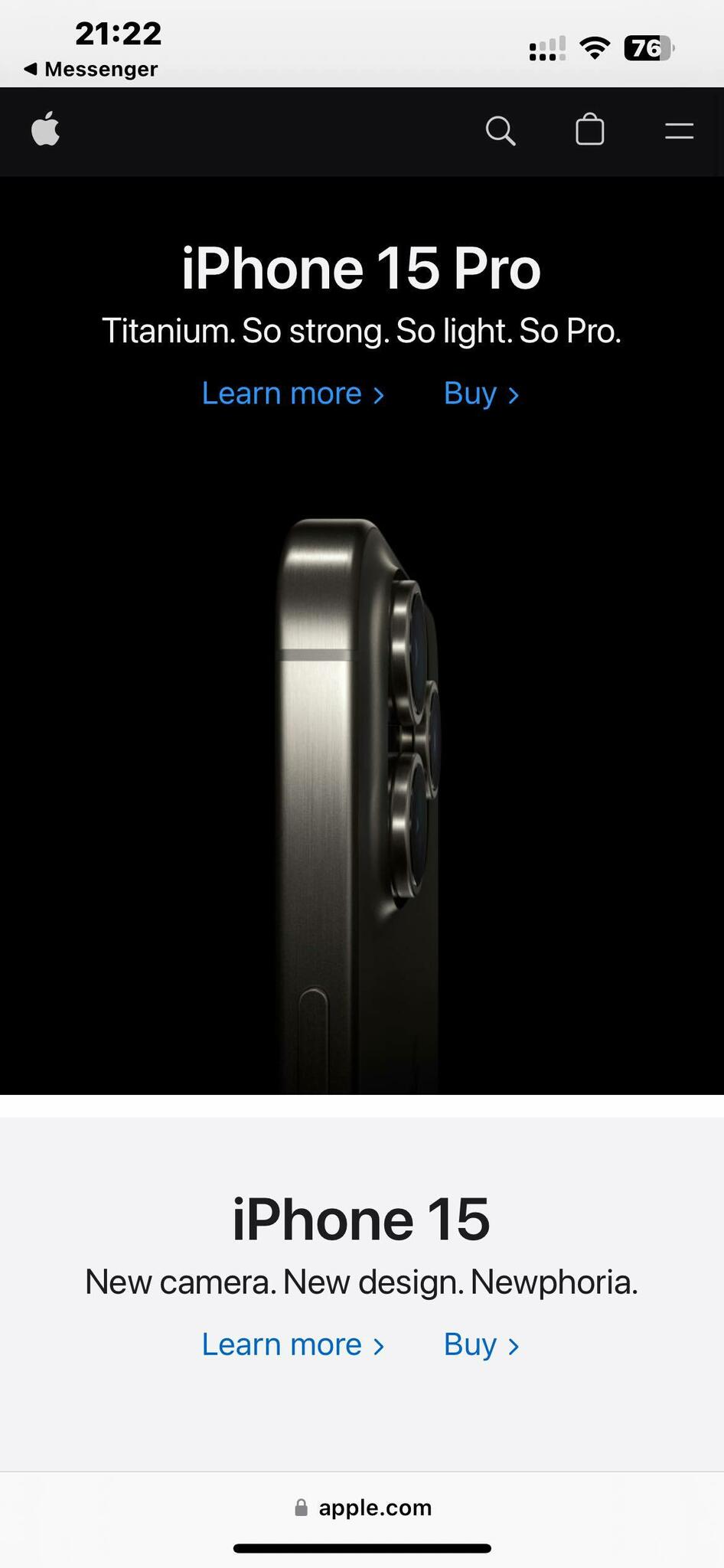
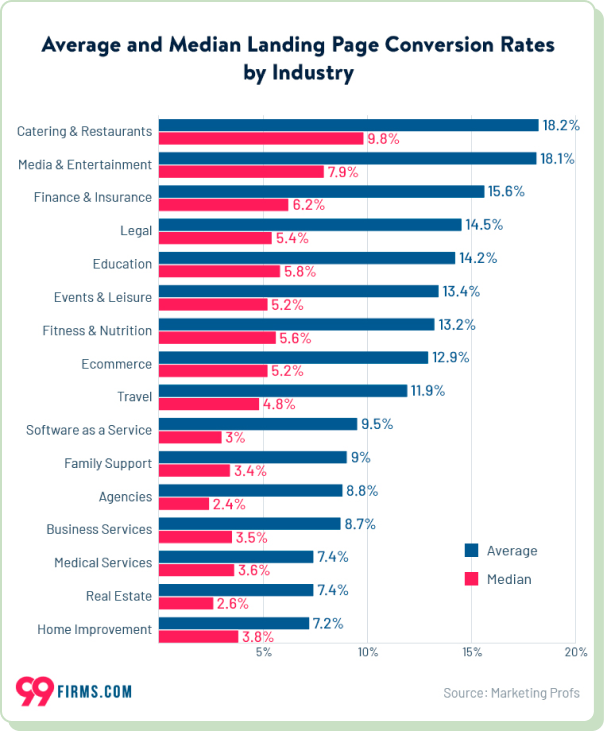




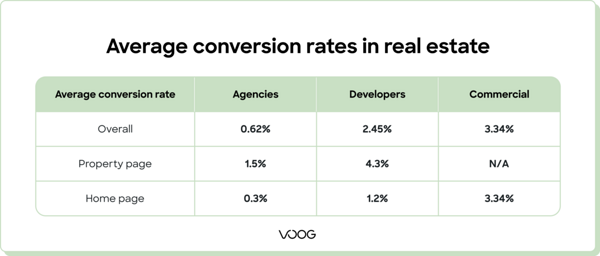


_block.png)
